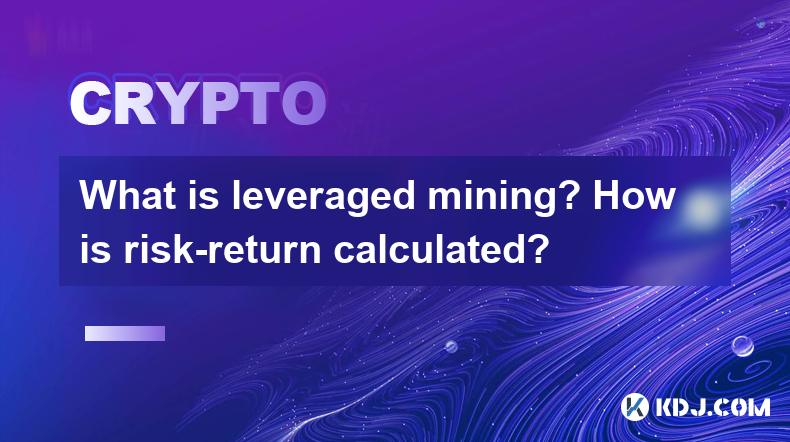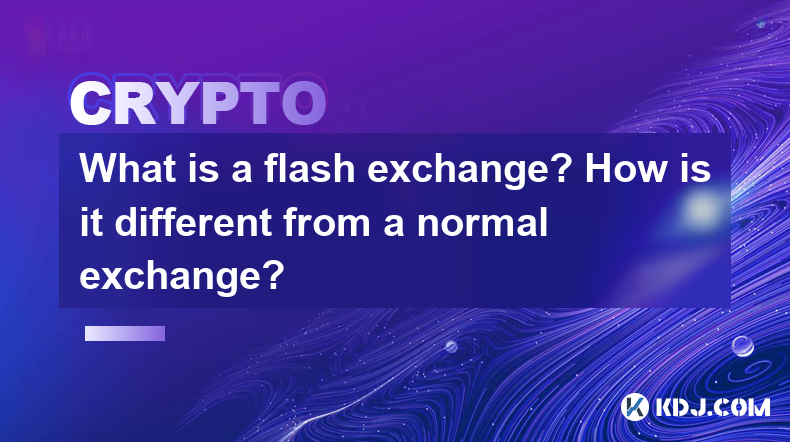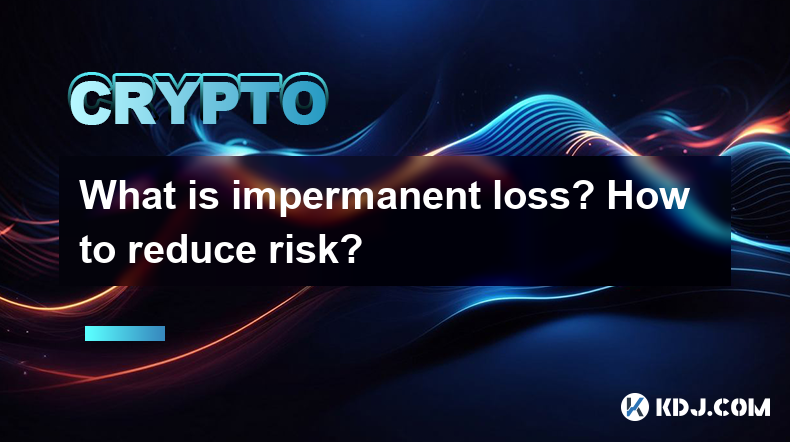-
 Bitcoin
Bitcoin $87,183.0218
2.51% -
 Ethereum
Ethereum $1,574.7724
-0.66% -
 Tether USDt
Tether USDt $1.0000
0.01% -
 XRP
XRP $2.0751
0.16% -
 BNB
BNB $596.5259
0.77% -
 Solana
Solana $135.7967
-1.16% -
 USDC
USDC $0.9999
-0.01% -
 Dogecoin
Dogecoin $0.1584
2.14% -
 TRON
TRON $0.2465
0.57% -
 Cardano
Cardano $0.6201
-0.07% -
 Chainlink
Chainlink $13.0374
-2.17% -
 UNUS SED LEO
UNUS SED LEO $9.1386
-2.00% -
 Avalanche
Avalanche $19.7756
1.73% -
 Stellar
Stellar $0.2503
2.79% -
 Shiba Inu
Shiba Inu $0.0...01233
-0.26% -
 Toncoin
Toncoin $2.8831
-4.01% -
 Hedera
Hedera $0.1684
1.37% -
 Sui
Sui $2.1872
3.82% -
 Bitcoin Cash
Bitcoin Cash $344.2873
2.30% -
 Hyperliquid
Hyperliquid $18.0531
3.76% -
 Polkadot
Polkadot $3.7760
-2.94% -
 Litecoin
Litecoin $77.6272
-0.57% -
 Dai
Dai $0.9999
0.00% -
 Bitget Token
Bitget Token $4.4329
0.59% -
 Ethena USDe
Ethena USDe $0.9993
0.00% -
 Pi
Pi $0.6345
-0.88% -
 Monero
Monero $215.1085
0.19% -
 Uniswap
Uniswap $5.2560
0.34% -
 Pepe
Pepe $0.0...07738
2.61% -
 OKB
OKB $50.9648
1.42%
What is DeFi (decentralized finance)? How does it work?
Decentralized finance (DeFi), built on blockchain technology, disrupts traditional finance by eliminating intermediaries like banks, enabling peer-to-peer financial transactions.
Jan 23, 2025 at 10:25 am

Key Points
- DeFi is a decentralized financial system that operates on a blockchain network, eliminating the need for intermediaries like banks.
- DeFi protocols enable users to borrow, lend, trade, and manage their assets without relying on traditional financial institutions.
- Smart contracts automate transactions and enforce the terms of agreements, ensuring transparency and security.
- DeFi offers advantages such as increased accessibility, reduced fees, and the potential for higher returns on investments.
What is DeFi (Decentralized Finance)
Decentralized finance (DeFi) is a transformative financial ecosystem built on blockchain technology that disintermediates traditional financial services. It empowers individuals to engage in financial activities peer-to-peer, eliminating the need for centralized institutions like banks.
Unlike traditional finance, which relies on intermediaries to facilitate transactions, DeFi operates on a decentralized network where participants interact directly with each other. This fundamental shift removes the barriers and inefficiencies associated with legacy financial systems.
How DeFi Works
DeFi leverages three key elements:
- Blockchain Technology: DeFi protocols are built on blockchain networks, which provide a secure and transparent foundation for financial transactions. Blockchain ensures the integrity and immutability of data, preventing fraud and manipulation.
- Smart Contracts: Smart contracts are self-executing programs that automate the terms of agreements. They govern interactions between parties, ensuring that transactions occur as per the predefined rules without any human intervention.
- Cryptocurrency: Cryptocurrencies serve as the medium of exchange and store of value within DeFi protocols. They enable seamless transfer of funds and facilitate participation in various financial activities.
Benefits of DeFi
DeFi offers numerous benefits that traditional finance cannot match:
- Accessibility: DeFi opens up financial services to anyone with an internet connection, regardless of their location or financial status.
- Low Fees: DeFi platforms typically charge significantly lower fees compared to traditional financial institutions, as they eliminate intermediaries and automate processes.
- Potential for Higher Returns: DeFi instruments, such as decentralized exchanges (DEXs) and liquidity pools, provide opportunities for higher returns on investments compared to traditional savings accounts or bonds.
- Transparency: DeFi transactions are recorded on the blockchain, making them transparent and auditable. This promotes accountability and reduces the risk of fraudulent activities.
- Reduced Counterparty Risk: In DeFi, transactions occur directly between participants, eliminating the reliance on third parties and minimizing the risk of default or fraud.
- Programmability: DeFi protocols are programmable, allowing developers to create custom financial instruments and applications that cater to specific needs and preferences.
FAQs
1. What are some popular DeFi protocols?
- Uniswap
- Compound
- Aave
- MakerDAO
- Curve Finance
2. What are the risks associated with DeFi?
- Smart contract bugs
- Market volatility
- Counterparty risks
- Phishing attacks
- Regulatory uncertainty
3. Is DeFi regulated?
The regulatory landscape for DeFi is evolving rapidly. While some jurisdictions are working on developing regulations for the industry, others have yet to establish a clear framework.
4. Is DeFi a threat to traditional finance?
DeFi has the potential to disrupt traditional financial institutions by providing more efficient and accessible alternatives. However, it is unlikely to completely replace traditional finance in the near future.
5. What is the future of DeFi?
DeFi is still in its early stages of development, but it has the potential to transform the financial industry by increasing accessibility, reducing costs, and providing innovative financial products. As technology and adoption continue to evolve, DeFi is poised to play a significant role in shaping the future of finance.
Disclaimer:info@kdj.com
The information provided is not trading advice. kdj.com does not assume any responsibility for any investments made based on the information provided in this article. Cryptocurrencies are highly volatile and it is highly recommended that you invest with caution after thorough research!
If you believe that the content used on this website infringes your copyright, please contact us immediately (info@kdj.com) and we will delete it promptly.
- Coinbase Lists Reserve Rights (RSR), a Dual-Token Stablecoin Platform Aimed at Creating a Collateral-Backed, Self-Regulating Stablecoin Ecosystem
- 2025-04-22 06:40:13
- The Ultimate Guide to Capital Rotation in the Cryptocurrency Market
- 2025-04-22 06:40:13
- Mantra's CEO Keeps His Word – Massive Tokens Burned: Will $OM Price Go From Collapse to Catalyst?
- 2025-04-22 06:35:14
- TRUMP Token Price Soars After Unlocking 40M New Coins
- 2025-04-22 06:35:14
- Avalanche Foundation Launches the Avalanche Card, Allowing Holders to Access Their Crypto Assets Seamlessly Around the World
- 2025-04-22 06:30:12
- The OM Token Crash: A Stark Reminder of Crypto's Wild West Nature
- 2025-04-22 06:30:12
Related knowledge

What is impermanent loss insurance? What are the solutions?
Apr 12,2025 at 01:14am
What is Impermanent Loss Insurance? What are the Solutions? Impermanent loss is a significant concern for liquidity providers in decentralized finance (DeFi) platforms. It occurs when the price of tokens in a liquidity pool changes compared to when they were deposited, leading to a potential loss if the provider decides to withdraw their liquidity. To m...

What are algorithmic stablecoins? How do they maintain anchoring?
Apr 12,2025 at 11:35am
Algorithmic stablecoins represent a fascinating and innovative segment within the cryptocurrency ecosystem. These digital assets are designed to maintain a stable value, typically pegged to a fiat currency like the US dollar, through the use of algorithms rather than traditional collateral. This approach distinguishes them from other types of stablecoin...

What is leveraged mining? How is risk-return calculated?
Apr 11,2025 at 04:07pm
What is Leveraged Mining? How is Risk-Return Calculated? Leveraged mining is a strategy used in the cryptocurrency space where miners borrow funds to increase their mining capacity and potential returns. This approach can amplify both profits and losses, making it a high-risk, high-reward endeavor. Understanding how to calculate the risk and return asso...

What is an aggregator? How does 1inch optimize transaction paths?
Apr 12,2025 at 05:00pm
An aggregator in the cryptocurrency space is a tool that compiles and compares data from multiple decentralized exchanges (DEXs) to find the best possible trading routes and prices for users. Aggregators are essential for traders looking to optimize their transactions, as they can automatically search through various liquidity sources to ensure the most...

What is a flash exchange? How is it different from a normal exchange?
Apr 16,2025 at 03:43pm
A flash exchange, also known as a flash swap, is a relatively new concept within the cryptocurrency space that has gained significant attention due to its innovative approach to trading. Unlike traditional exchanges, flash exchanges leverage the power of decentralized finance (DeFi) protocols to enable instant, collateral-free trades. In this article, w...

What is impermanent loss? How to reduce risk?
Apr 16,2025 at 11:14pm
What is Impermanent Loss? How to Reduce Risk? Impermanent loss is a term that frequently surfaces in the world of decentralized finance (DeFi), particularly when discussing liquidity provision on automated market makers (AMMs) like Uniswap or SushiSwap. Understanding this concept is crucial for anyone looking to engage in liquidity provision, as it dire...

What is impermanent loss insurance? What are the solutions?
Apr 12,2025 at 01:14am
What is Impermanent Loss Insurance? What are the Solutions? Impermanent loss is a significant concern for liquidity providers in decentralized finance (DeFi) platforms. It occurs when the price of tokens in a liquidity pool changes compared to when they were deposited, leading to a potential loss if the provider decides to withdraw their liquidity. To m...

What are algorithmic stablecoins? How do they maintain anchoring?
Apr 12,2025 at 11:35am
Algorithmic stablecoins represent a fascinating and innovative segment within the cryptocurrency ecosystem. These digital assets are designed to maintain a stable value, typically pegged to a fiat currency like the US dollar, through the use of algorithms rather than traditional collateral. This approach distinguishes them from other types of stablecoin...

What is leveraged mining? How is risk-return calculated?
Apr 11,2025 at 04:07pm
What is Leveraged Mining? How is Risk-Return Calculated? Leveraged mining is a strategy used in the cryptocurrency space where miners borrow funds to increase their mining capacity and potential returns. This approach can amplify both profits and losses, making it a high-risk, high-reward endeavor. Understanding how to calculate the risk and return asso...

What is an aggregator? How does 1inch optimize transaction paths?
Apr 12,2025 at 05:00pm
An aggregator in the cryptocurrency space is a tool that compiles and compares data from multiple decentralized exchanges (DEXs) to find the best possible trading routes and prices for users. Aggregators are essential for traders looking to optimize their transactions, as they can automatically search through various liquidity sources to ensure the most...

What is a flash exchange? How is it different from a normal exchange?
Apr 16,2025 at 03:43pm
A flash exchange, also known as a flash swap, is a relatively new concept within the cryptocurrency space that has gained significant attention due to its innovative approach to trading. Unlike traditional exchanges, flash exchanges leverage the power of decentralized finance (DeFi) protocols to enable instant, collateral-free trades. In this article, w...

What is impermanent loss? How to reduce risk?
Apr 16,2025 at 11:14pm
What is Impermanent Loss? How to Reduce Risk? Impermanent loss is a term that frequently surfaces in the world of decentralized finance (DeFi), particularly when discussing liquidity provision on automated market makers (AMMs) like Uniswap or SushiSwap. Understanding this concept is crucial for anyone looking to engage in liquidity provision, as it dire...
See all articles






















































































